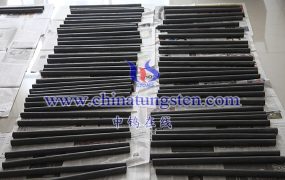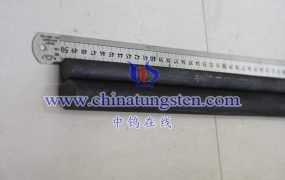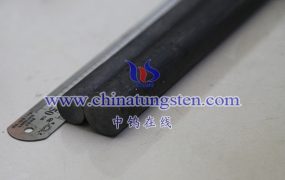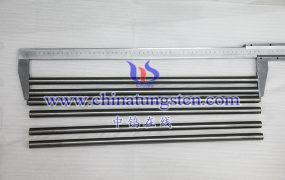The mechanical properties of TZM alloy rods will change with temperature. The following are some characteristics of the mechanical properties of TZM alloy rods that change with temperature in general:
Strength: As the temperature increases, the strength of TZM alloy rods usually decreases. This is due to the effects of grain boundary diffusion and material softening at high temperatures. At high temperatures, the growth of grains and the movement of grain boundaries lead to an increase in the plasticity of the material, which reduces its strength.
Ductility: The ductility of TZM alloy rods generally increases with increasing temperature. At high temperature, the plasticity of the material increases, and the slip of grain boundaries and the diffusion of grain boundaries occur more easily, thus making the material more prone to plastic deformation and elongation.
Toughness: In the appropriate temperature range, the toughness of TZM alloy rods generally increases. Toughness refers to the ability of a material to absorb energy before fracturing. At high temperature, the plasticity of the material increases and the mobility of the grain boundaries increases, making the material better able to absorb impact and withstand loads, thereby improving toughness.
Creep: TZM alloy rods may exhibit creep behavior at elevated temperatures. Creep is the plastic deformation of materials under long-term high-temperature exposure, which is an important consideration for structures subjected to long-term stress or applications in high-temperature environments.
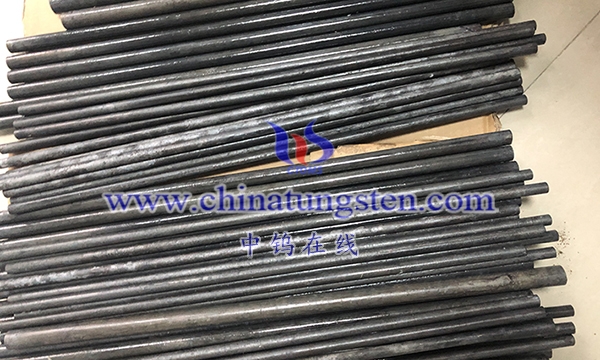
More details of molybdenum or molybdenum alloy products, please visit website: http://molybdenum-alloy.com/index.html
Please contact CHINATUNGSTEN for inquiry and order of molybdenum alloy products:
Email: sales@chinatungsten.com
Tel.: +86 592 5129595


